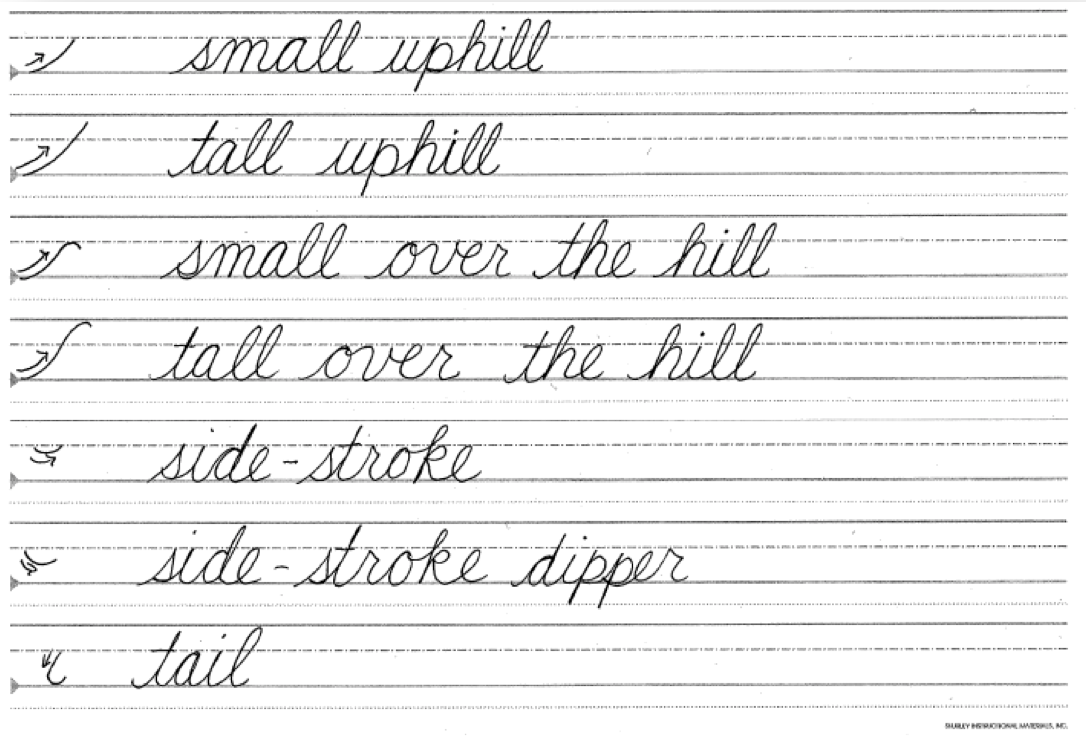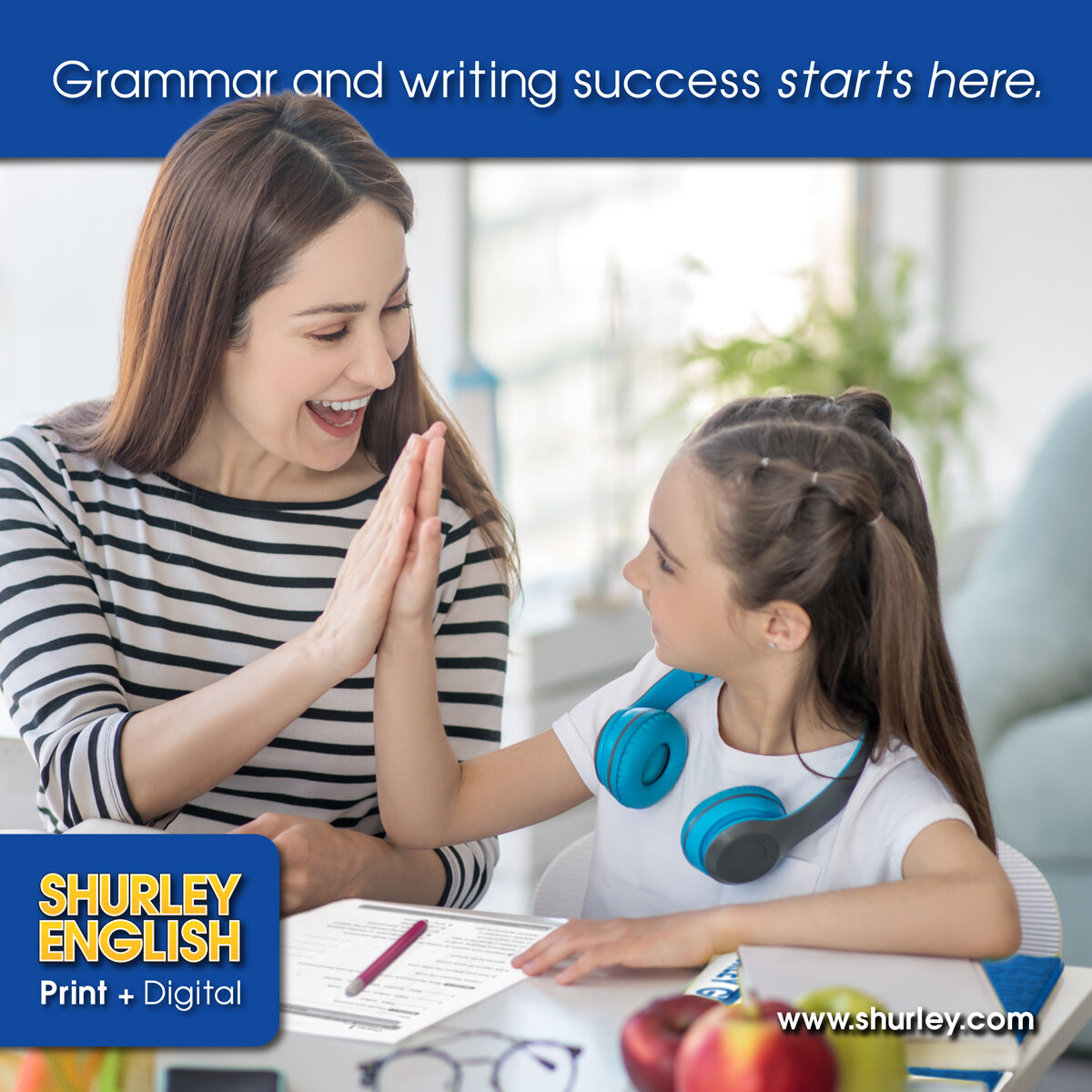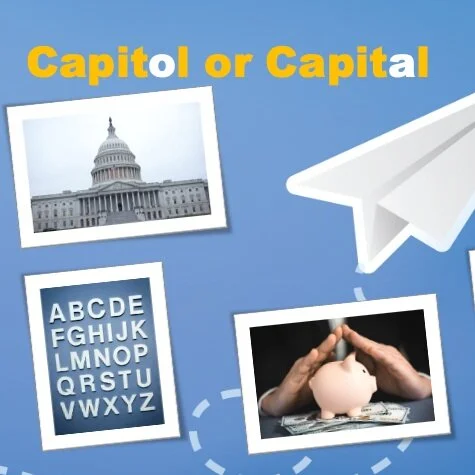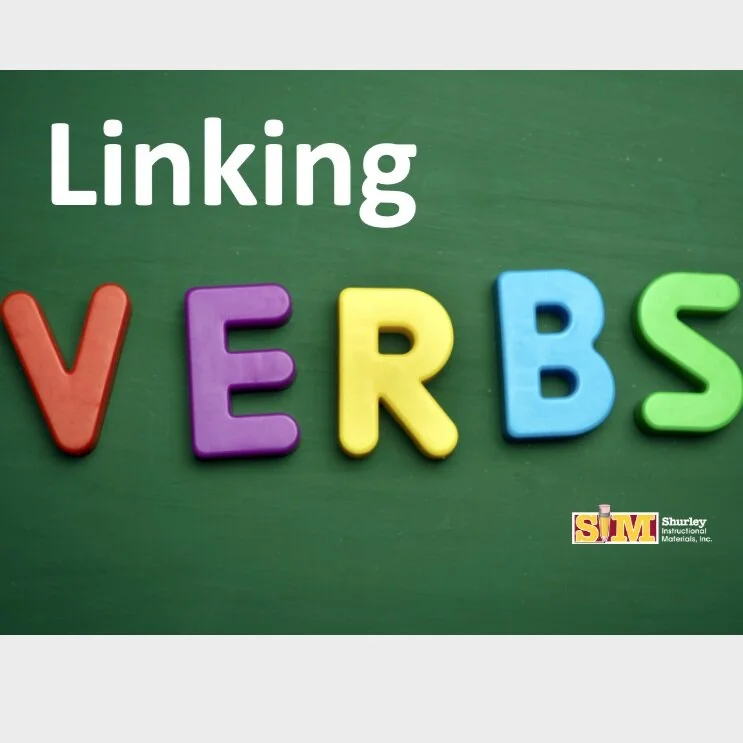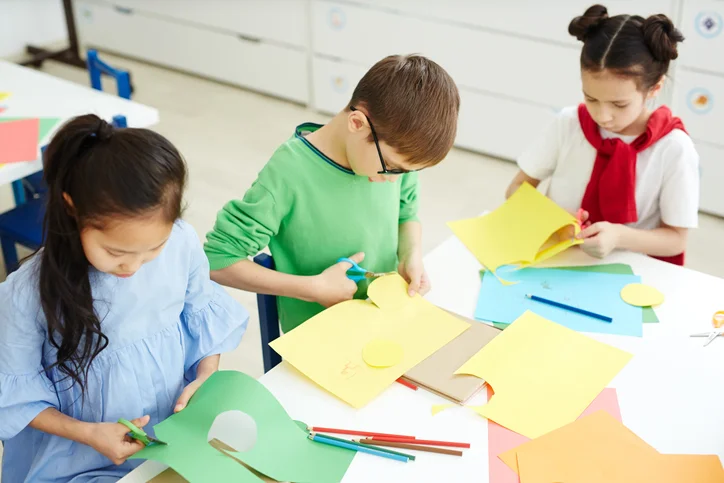Here’s an idea to kick your kids’ spelling prowess into high gear. While it’s true that some kids are just naturally good spellers, my experience has been that most are not. They need a sure-fire way to lock in accurate spelling, especially when summer time rolls around and school is out.
Cyclical spelling might just be for you and your kids. Here’s how it works:
1. Start small.
Choose a source from which you will draw out vocabulary. It might be the word list your kid(s) used during the school year. Words can be drawn out of a book that you are reading aloud this summer, from a book your child is reading, from the newspaper, or even from video games with text narration.
Now, here’s the “start small” part…only pick one word a day! You pick it, or your child picks it—but pick only one. You will pick one word a day, but make it a fun competition between you and the whole family.
For that one word that is picked, have your players write it down somewhere fun. You can write words in sand in the sandbox, in sugar scattered on the table, or on paper with liquid jello. This is the time to get creative! The goal is for the word to be practiced at least six times throughout the day…and it MUST involve actually writing it down.
At the end of the day, at a designated time, the word should be spelled aloud and then written on lined paper. Everyone who is participating needs to have their own sheet of paper so that the list can grow.
2. Add a word-a-day.
When day two comes, pick another word and follow the same procedure for the new word. But, now enters the “cyclical spelling” approach. At the end of day two, both the first word AND the new word should be recited and then spelled correctly on the developing list.
Now that you will have two words for the spellers to spell, it’s time to pick the Teacher of the Day (TOD), who will be in charge of administering the cyclical spelling test. So, at the end of day two, someone needs to be in charge of gathering all spellers to take the Two-Word Test. The TOD will also be in charge of grading. Keep it light. You could implement M&M rewards…one M&M per correctly spelled word.
Remember, it's all about spelling AND having fun! At the end of day three, there will be three words on the quiz. At the end of day four…four words. You get the idea.
3. Keep the cycle going!
Continue to add the Word-a-Day and quizzing through all the words each day until you have five words on the list (skip weekends). Then, you will begin to drop off the very first word you started with, and it will now be omitted from the daily quiz. The next new word is added to the bottom of the list, which will, for now and until the end of the contest, contain five words to be quizzed daily.
The beauty of spelling like this over the summer is its cyclical nature. Too often, kids learn a group of words for the Wednesday Pre-Test and the Friday Final Test—and that’s it. When the next list of fifteen or so words is introduced, the first group becomes a mere acquaintance, soon forgotten. With cyclical spelling, spellers accumulate words that they have spelled (correctly!) and get the chance to work with them daily for five days in a row. This, my friends, is intensity without the tension.
Why not give cyclical spelling a try this summer…it may be a real hit with your kids—maybe even the whole family. Remember, the energy you put in is the energy you will get back out of it!
If you are using Shurley English, you engage in cyclical spelling in grades 1 and 2 all school year long. For more information about Shurley English and cyclical spelling in the primary levels, go to www.shurley.com.











